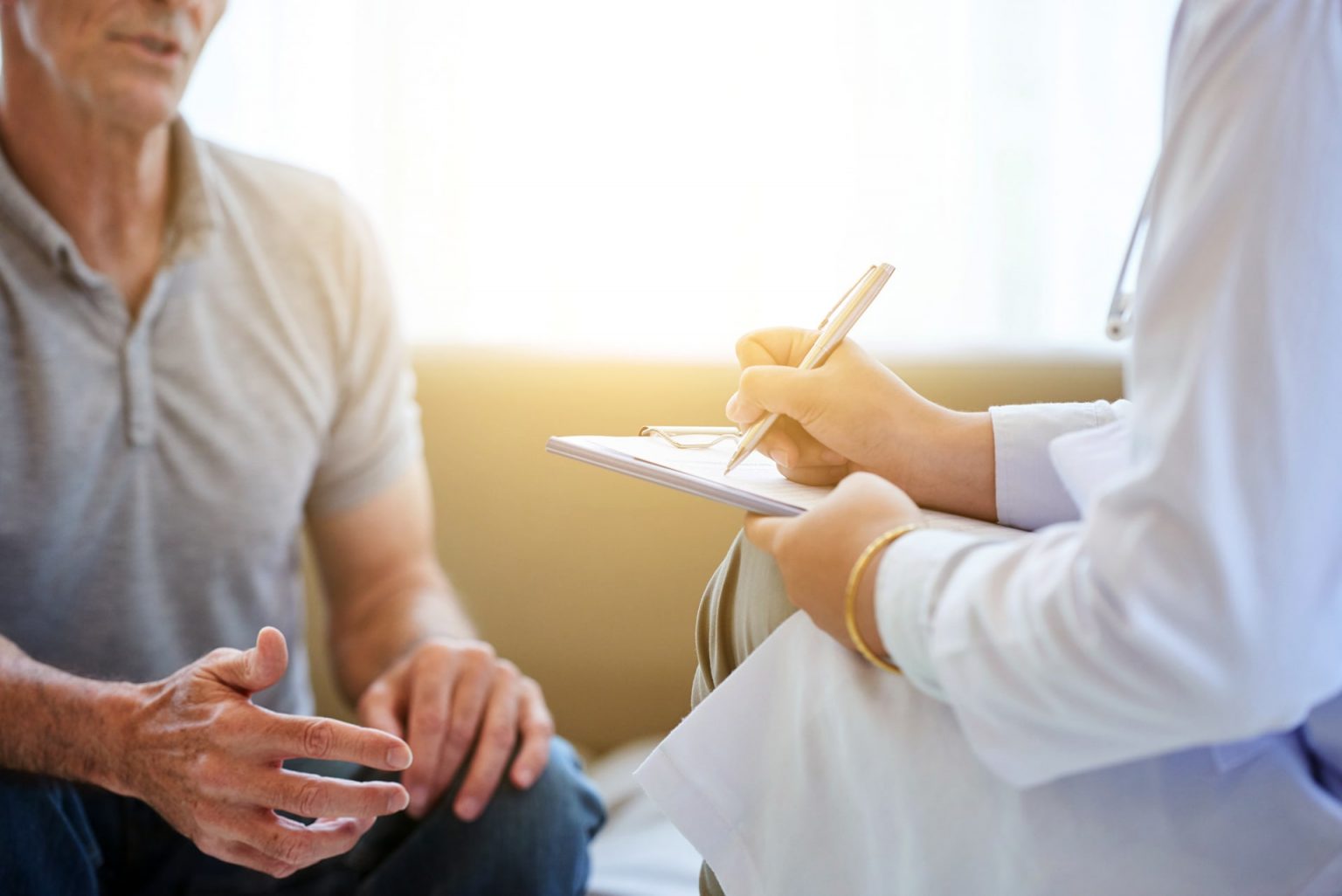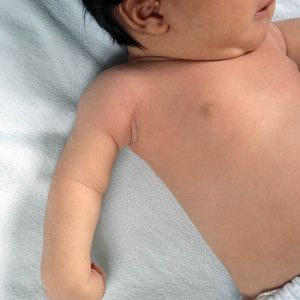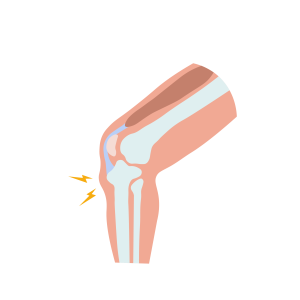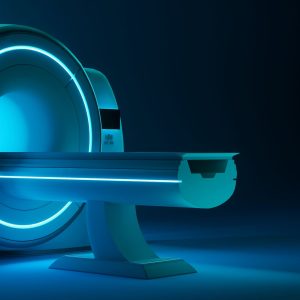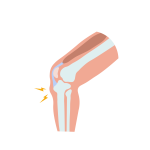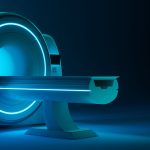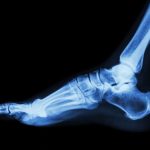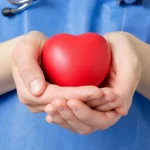Dr. Mehdi Abd Al-Sahib – Orthopedic Surgeon
Back pain is a common condition. It’s not a disease in itself, but rather a symptom of other conditions that cause this pain.
About 85% of the causes are inorganic, while the organic causes constitute 15%. Back pain is considered acute if it lasts for less than a month, and chronic if it lasts for a longer period of time. Male and female infection rate is equal.
The most important inorganic factors include lifting heavy objects such as gas cylinders, in addition to sports injuries, also, bending, sitting, and standing for long periods of time exposes the spine to stress.
The main organic causes:
(1) Congenital malformations of the spine: Simple deformations can be treated by special belts and exercises. Severe deformity requires surgical intervention.
(2) Anterior-congenital dislocation: This is when a vertebra moves forward over the next vertebra, such as the fifth lumbar vertebra moving on the first sacral, which is the most common. It may be congenital and symptoms appear with old age, or it may infect adults with the same symptoms. Most of these cases improve with a back belt, and sometimes surgical intervention is needed.
(3) Spinal disc herniation: it’s one of the first causes of lower back pain.
The most common reason is lifting weights from the ground and sudden bending of the back. Symptoms begin with lower back pain and may extend to the back of the thigh, leg, and foot (sciatica).
Treatment requires rest and analgesics, and back braces. Surgical intervention is limited to cases of no-response to treatment, atrophy, or weakness in the movement of the foot.
(4) Spinal injuries: They may be as simple as muscle tension, and their treatment requires only a short rest period and some painkillers. You may need medical consultation.
(5) Spinal arthritis: With age, joints become inflamed. The pain in these cases may be localized in the lower back or may extend to the back of the thigh and leg. Some simple exercises are recommended to strengthen the back muscles, in addition to avoiding frequent heavy lifting, and changing the nature of work if it requires great effort. In severe cases, complete bed rest, hot compresses, and back muscle massage with some analgesics are required. Back braces are relatively useful. Surgical intervention may become necessary if the condition doesn’t respond to treatments, which is rare.
(6) Ankylosing Spondylitis: It affects males more than females at the age of 20-30 years. The causes are unknown. The pain begins slowly in the sacroiliac joint and in the lower back, and becomes most intense in the morning and then decreases with movement, but it increases again when sitting in one position for a long time. The pain may extend to the back of the thigh and leg on one side or both sides. Within several months, the spine becomes an immovable bony structure.
(7) Osteoporosis: In this condition, bone density decreases, and they become weak. This exposes the patient to complications, the most important of which are fractures resulting from any minor injury. The bones that are most prone to fractures are the neck of the femur, vertebrae and below the radius, especially in women with osteoporosis.
The main causes are old age, menopause or oophorectomy, hyperthyroidism, lack of protein in food, Diseases that require bed rest for a long time, and excessive smoking and drinking.
The most important prevention method is exercising, walking, avoiding smoking and drinking, eating foods rich in calcium, vitamin D, and protein, and getting bone density tests after the age of 60 so that treatment can be done in the early stage.
(8) Spinal Canal Stenosis: The pain happens as a contraction of the leg muscles during walking, and quickly decreases in severity when you stop walking.
(9) Spinal tumors: The pain is regional and adjacent to the tumor, or it may extend to the thigh and leg.
(10) Other causes: Abdominal disorders, renal disorders, bladder infections, pelvic infections, etc.
We wish you good health.
